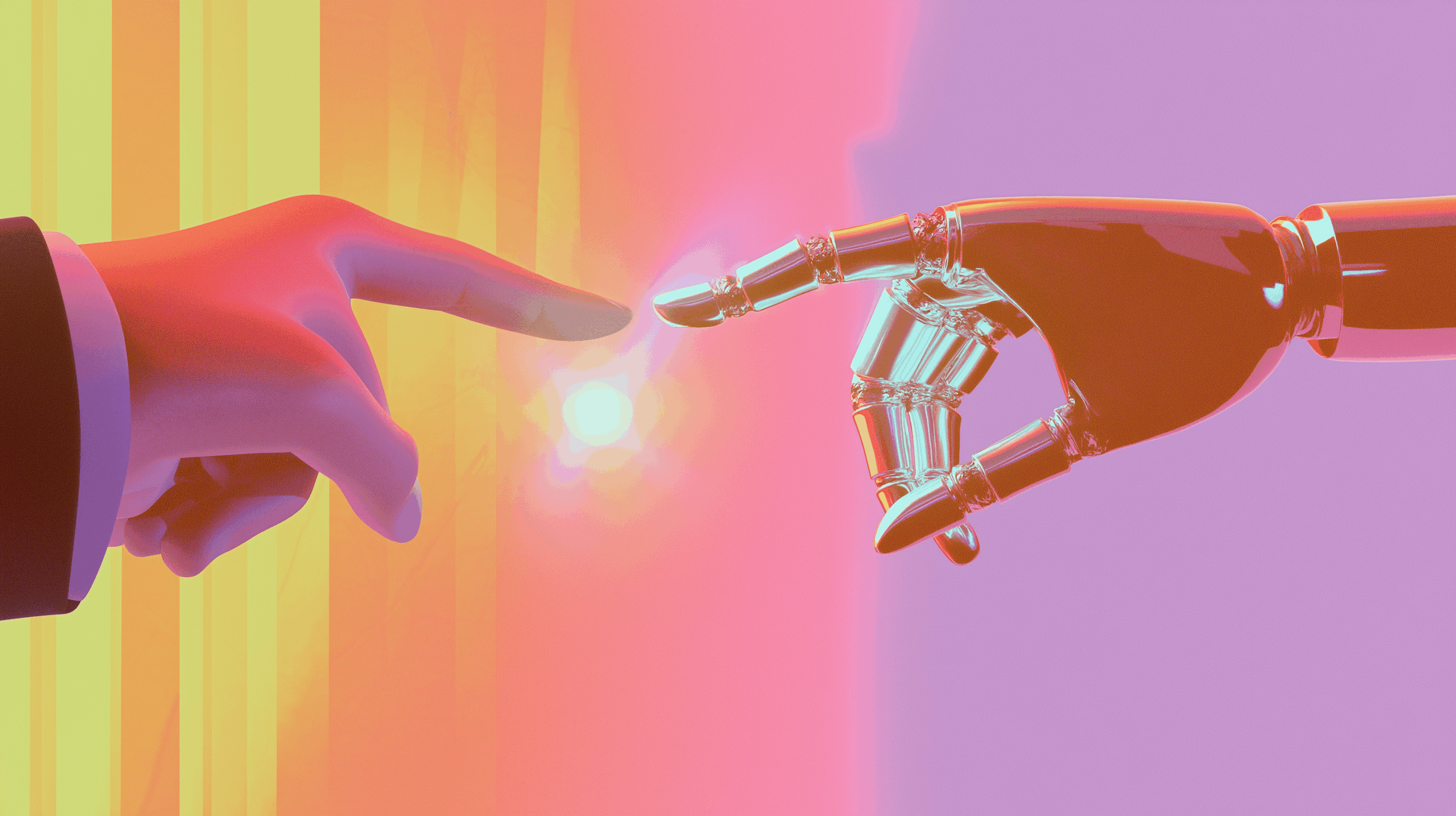The future procurement team: Humans, AI, and the new division of work
Despite all the buzz, AI isn’t a replacement for procurement professionals. It’s reshaping roles, redistributing tasks, and empowering teams to focus on higher-value work. In the next 5-10 years, we’ll see procurement departments that look very different from today’s – with AI fully embedded into daily workflows, and humans and machines working side by side.
So what does this future procurement team look like? Let’s talk about the new division of work, the skills professionals will need, and the steps organizations can take to prepare.
Why AI is changing procurement now
It’s because the scale and complexity of the challenges procurement teams face today has never been larger. And maybe it’s reached a tipping point just as AI has started to become more ubiquitous in business in general. And what are these growing challenges?
- Data overload. Performance metrics, reports, KPIs – the sheer volume of data businesses operate on long exceeds what humans can manually process.
- Supply chain volatility. This maybe goes without saying, but the geopolitical situation across the world has been anything but stable. And this affects business in all kinds of ways.
- Regulatory and sustainability pressure. Compliance is now a core component of procurement strategy.
- Speed of business. Markets move fast, and companies can’t afford slow procurement cycles (not that they ever could).
AI is a really helpful tool to handle the above. It can scan, analyze, and interpret massive amounts of data in seconds, flag risks in real time, and predict outcomes with increasing accuracy.
But also, machines can’t really build relationships or weigh complex trade-offs that involve ethics, strategy, and culture. And they definitely can’t make sustainable mission-critical business decisions – that’s where humans remain essential.
The new division of work: AI vs. humans in procurement
In the procurement department of the future, tasks will naturally fall into two categories: those best suited to AI, and those that remain distinctly human. So let’s take a closer look at what either will look like.
What AI will take over
- Spend analysis at scale. AI tools can continuously scan spend data, flagging inefficiencies, suggesting cost-saving opportunities, and detecting anomalies like fraudulent activity.
- Supplier risk monitoring. Instead of periodic checks, AI can track suppliers 24/7, pulling signals from news, financial records, and even social media to predict disruptions.
- Contract review. Natural language processing is super helpful in contract analysis, identifying unusual clauses and compliance gaps automatically.
- Forecasting demand and pricing. Machine learning models will provide highly accurate predictions by analyzing past trends, market data, and external variables.
- Workflow automation. Repetitive tasks like invoice matching, purchase order generation, and compliance reporting will be fully automated (they already can be, for the large part).
What humans will continue to do
- Strategic decision-making. Deciding when to take a calculated risk, when to diversify suppliers, when to prioritize sustainability over short-term savings – that and more is still a task for humans (though it can already be aided by all the data AI analyzes).
- Relationship management. Algorithms can’t replicate trust, empathy, and long-term collaboration with suppliers.
- Ethical judgment. Procurement often faces complex dilemmas (e.g., balancing cost efficiency with social responsibility). These require human values and organizational alignment.
- Change leadership. As technology reshapes processes, procurement leaders have to guide teams through adoption and training. As of yet, AI can’t implement itself into an organization.
What a procurement team will look like in 5-10 years
Now, let’s imagine a procurement department in 2035. It’s leaner, more agile, and more influential, playing a central role in business resilience and growth.
Here’s what it might look like:
- AI assistants provide real-time insights during negotiations, with benchmarks and risks. They also help automate the communication with suppliers.
- Supplier dashboards automatically update with performance scores pulled from multiple external sources.
- Forecast models predict shifts in demand and supply availability, helping teams prepare contingency plans.
- Human professionals spend less than 20% of their time on paperwork and far more on collaboration, strategy, and innovation.
- Hybrid roles are created – like “AI procurement analyst,” who works with the AI models to make sure they’re insights are accurate and aligned with business goals.
Practical guidance: Preparing for the AI-led shift
This future isn’t decades away. It’s already happening, with many organizations embedding AI into procurement processes. Here are some steps you can take to make your business ready:
1. Identify high-impact use cases
Pinpoint areas where automation or analysis could deliver immediate value (or what the executives around the world like to call “quick wins” or “low-hanging fruit”). It could be supplier risk monitoring, spend analytics, or contract review. Early wins will build momentum for broader adoption.
2. Upskill your team
There’s no need for procurement professionals to become data scientists, but they should understand how AI works, together with its limitations, and how to interpret its insights. Skills like critical thinking, scenario planning, and emotional intelligence will only grow in importance.
3. Foster a culture of collaboration
Position AI as a partner and not a threat. Involve procurement teams in tool selection, design, and rollout. Encourage experimentation and feedback. When people feel a sense of ownership, adoption is much easier.
4. Strengthen cross-functional ties
Future procurement teams are likely to be more integrated with finance, sustainability, and operations. Building strong internal partnerships will help apply AI insights in a broader business context.
5. Focus on ethics and transparency
AI can introduce bias or make opaque recommendations. So, choose tools that explain how decisions are made and establish ethical guidelines for their use. Procurement leaders need to remain accountable for AI-assisted decisions.
Why the future is human-led and AI-powered
Instead of replacing jobs in procurement, AI will likely reshape them, reducing administrative load and amplifying genuine human strengths. The procurement professional of the future will be part strategist, part relationship builder, and part change leader, supported by AI that takes care of the heavy lifting.
And if you think this sounds too good to be true, all we have to do is wait. In 5-10 years, procurement departments are bound to look and operate very differently.
The key is to start preparing today – at Zingflow, we’re convinced that the strongest procurement organizations of tomorrow will be those that strike the right balance of human-led, AI-powered.
And if you want to start automating first areas of procurement using AI asap, we’d love to chat!






